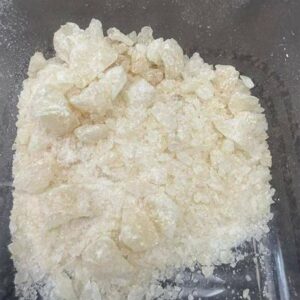Spice, often referred to as synthetic marijuana, K2, or herbal incense, is a dangerous synthetic drug designed to mimic the effects of THC, the primary psychoactive compound in natural cannabis. Despite its misleading name and packaging, spice is far from safe and carries significant health risks.
What is Spice?
spicy weed consists of plant material sprayed with synthetic cannabinoids. These chemicals are artificially created in laboratories and can bind to the same receptors in the brain as THC. However, their effects are often unpredictable, much stronger, and more dangerous than natural cannabis.
Methods of Use
Spice is typically smoked, but it can also be ingested as a liquid in e-cigarettes or vaporized. Its accessibility and the misconception that it is a legal alternative to marijuana have contributed to its widespread use among teenagers and young adults.
Effects on the Body and Mind
The effects of spice can vary widely due to differences in chemical composition and concentration. Common short-term effects include:
- Euphoria or intense relaxation
- Altered perception and hallucinations
- Rapid heart rate and increased blood pressure
- Nausea and vomiting
- Anxiety, paranoia, or panic attacks
Unlike natural cannabis, spice can cause severe side effects, including seizures, psychosis, kidney damage, and even death in extreme cases. Its unpredictability makes it particularly dangerous for first-time users.
Health Risks and Addiction
Spice is highly addictive. Repeated use can lead to tolerance, dependence, and withdrawal symptoms such as headaches, irritability, and insomnia. Chronic use may also increase the risk of long-term mental health issues, including depression, anxiety disorders, and cognitive impairments.
Legal Status
The legal status of spice varies across countries. Many governments have banned specific synthetic cannabinoids, but manufacturers often modify the chemical structure slightly to evade legal restrictions. This ongoing “cat-and-mouse” game makes controlling the substance challenging.
Prevention and Awareness
Education is critical in preventing spice use. Teens and young adults should be informed about the severe health risks and the unpredictability of synthetic cannabinoids. Parents, educators, and community leaders play an essential role in raising awareness and promoting safe alternatives.
Conclusion
Spice may appear harmless due to its labeling as “herbal” or “natural,” but it is a potent and unpredictable drug with serious health consequences. Understanding the dangers and educating at-risk populations is vital to curbing its use and protecting public health.
